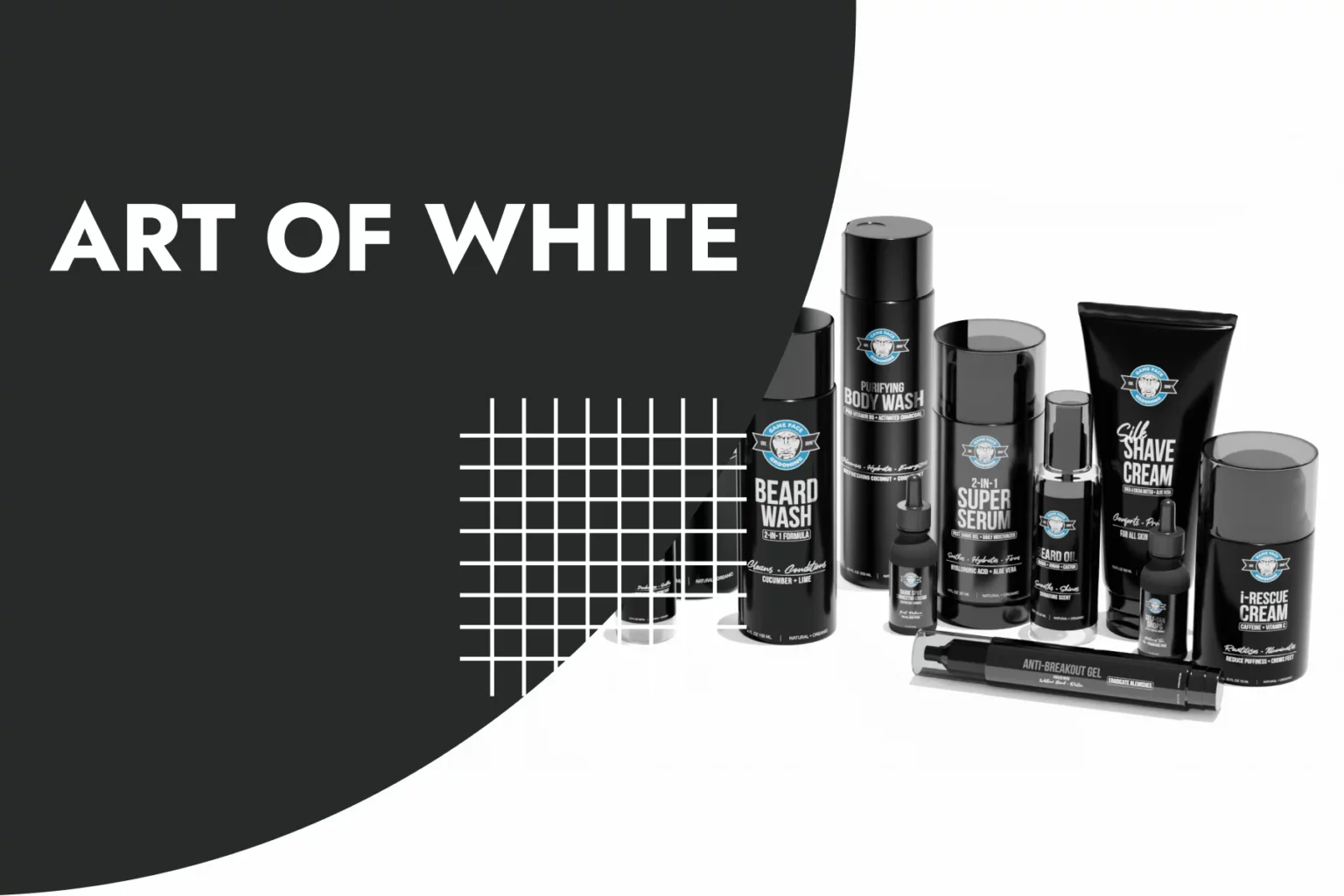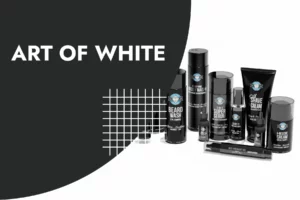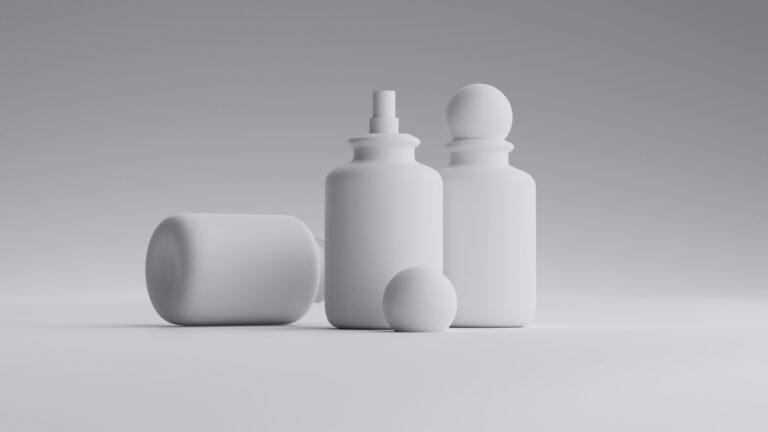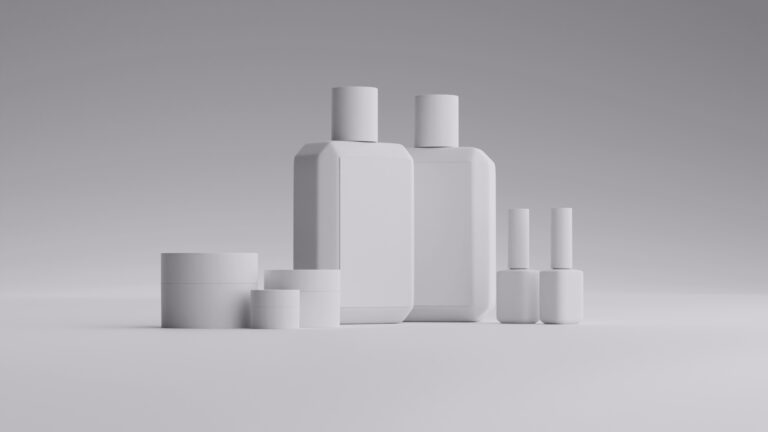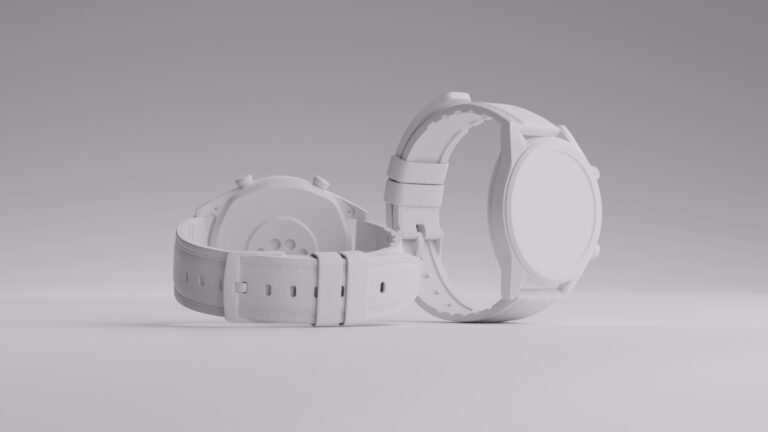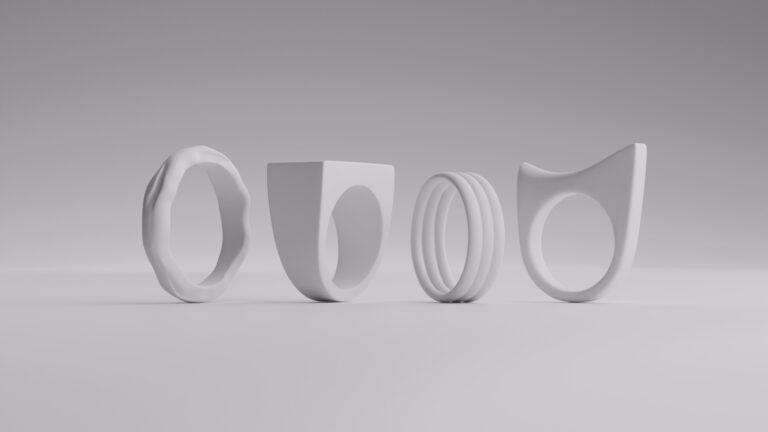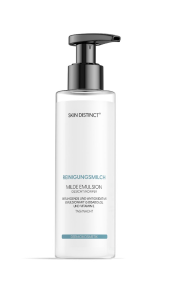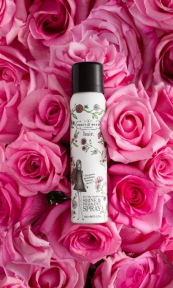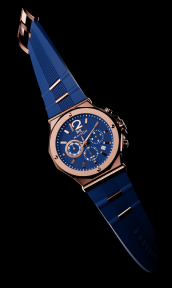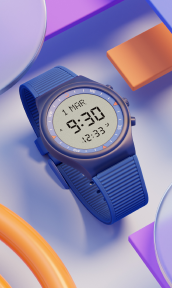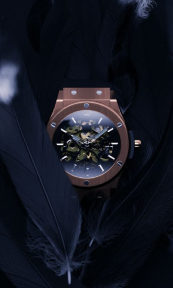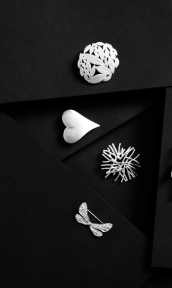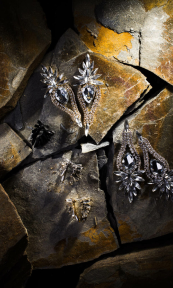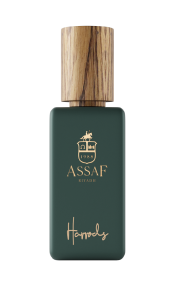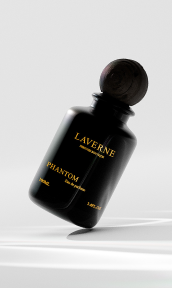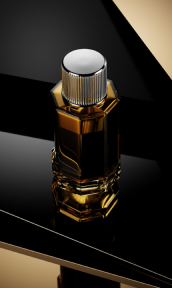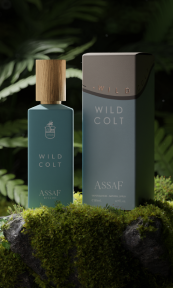Imagine browsing through an online store and stumbling upon a visually pleasing product image that makes you stop dead in your tracks. The item seems almost magical against its simple yet catchy white background, immediately grabbing your attention and making it impossible for you to resist adding it to your shopping cart.
Curious about how these captivating product photos came to be? We’ve got you covered! In this article, we will show you how to master the art of white background product photography, giving you the knowledge and skills you need to take stunning images that will captivate your audience and increase your sales like never before.
White background product photography: the purest art form in still life photography

White background product photography is often considered the purest art form of still life photography, simply because there are no distractions. By removing all ambiguities and focusing solely on the product, its features, and its details, you can present the object in its most authentic form. The sharpness of the white background highlights every contour and texture, allowing the viewer to appreciate the beauty of even the smallest nuances.
In addition, white background product photography provides a clean canvas that can be easily customized to meet various marketing needs. Whether for an e-commerce website or a print ad, this style can be seamlessly integrated into any design or layout. With no overshadowing elements or distracting backgrounds, potential customers can fully engage with and appreciate the product being photographed.
But what really sets white background product photography apart as an art form is the challenge it presents to photographers. It requires impeccable lighting techniques and careful attention to detail in post-processing. The balance between shadows and highlights is critical to accurately capturing any feature, no matter how intricate. This constant pursuit of perfection drives the photographer’s creativity and challenges him not only technically but also artistically.
What is the best place to display your white background product photography?
For displaying white background product photography, there are several options that can enhance the visual appeal of your images and attract potential customers. A common method is to post your images on a shopping portal. By featuring them on a well-designed product page with a clean white background, you allow the image to become the focal point, making it easier for customers to visualize the product in their lives.
The most recent platform for displaying white background product photography is social media. Platforms like Instagram and Pinterest provide an excellent opportunity to engage with a wider audience and showcase your products in a visually appealing way. By strategically using hashtags, collaborating with influencers, and actively engaging with your followers, you can generate interest and drive traffic to your products.
Additionally, consider showcasing your white background product photography offline as well. Setting up pop-up shops or exhibiting at trade shows allows potential customers to see and interact with your products in person. This helps build brand awareness and gives you a chance to give a real life experience that can’t be done online.
What makes a perfect catalog shot?

Lighting
Lighting is crucial in white background product photography, as it brings out the details of the product. One effective way to use lighting is by using diffusers and reflectors. Light softens up with diffusers, and light bounces off the subject, minimizing shadows and creating a more even lighting arrangement.
To make your white background product photos stand out, use a three-point lighting setup. This means putting one bright light in front of the subject, a smaller light on one side to make shadows less noticeable, and a backlight behind the subject to make it look deeper and separate it from the background. With this well-balanced approach, you can achieve professional-looking images with crisp details and no unwanted shadows.
Furthermore, don’t forget to shoot your products on a white background with the right lighting and color temperature. Ensure that all light sources have consistent color temperatures to ensure that your images display accurate colors that match what customers will see in real life. Whether you’re shooting with natural or artificial light sources, maintaining consistency throughout your entire set-up will help provide visually pleasing results that enhance your products’ appeal.
Equipment
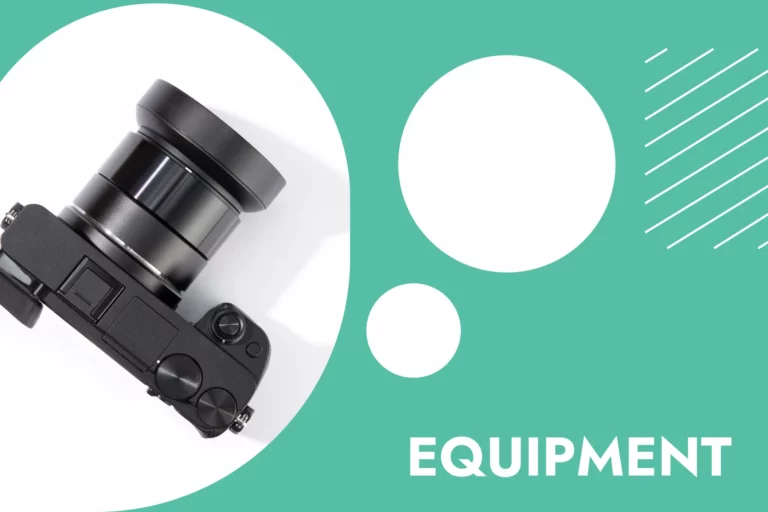
An essential piece of equipment is a high-quality DSLR camera with manual settings. This allows you to have full control over the exposure, focus, and other settings, resulting in better image quality.
A good camera isn’t the only thing that matters for white background product photography. Continuous lighting or studio strobes can help eliminate shadows and evenly light up the subject. Soft boxes or diffusers are excellent tools for creating soft, even lighting that gives products a clean and polished look.
A lens is an essential piece of gear for taking pictures this way. This provides seamless and consistent imagery for your white background, which helps your products stand out.
Composition
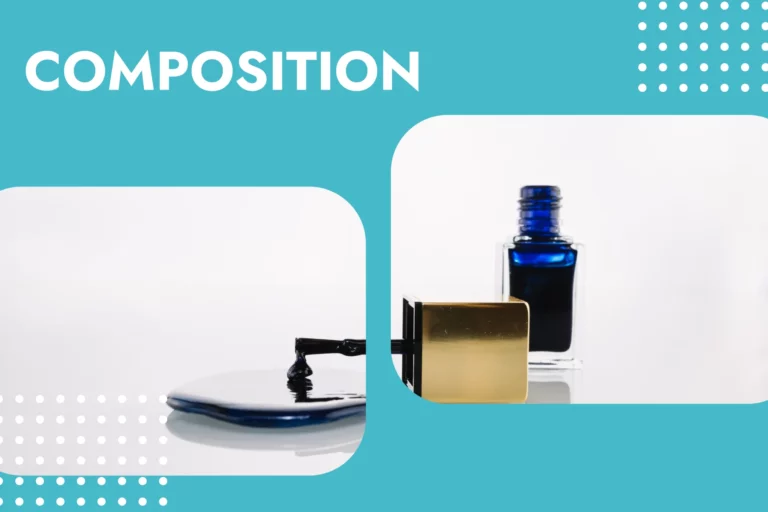
One good way to achieve great composition is to use the rule of thirds. You divide the picture into nine equal parts and put your subject on one of the lines that cross each other. This creates a visually appealing and balanced composition that draws attention to the product.
Negative space, which is blank or neutral space around the subject, is a powerful strategy. If you use generous amounts of white space, you can create a clean and minimalist look that allows the product to stand out. Negative space provides room for designers or advertisers to add text or branding elements in post-production.
Experimenting with different angles can also yield captivating results in white background product photography. Alternate perspectives, such as shooting from above or below, are often explored. These unconventional angles give viewers a fresh perspective on the product and create visual interest by deviating from traditional compositions.
Post-processing
Post-processing really is a game-changer. It allows you to enhance the overall look and feel of your images and create a seamless, professional aesthetic. The dodge and burn tool is one of the most effective techniques for post-processing. This technique involves selectively lightening or darkening specific regions of your image to impart depth and dimension. Applying these adjustments in a particular way can make your goods stand out against the white background, resulting in a striking visual effect.
Color correction is an important part of making white background product photos look good. With a pure white backdrop, it is essential to ensure that the color representation of your products is accurate. The white balance adjustment can help you achieve this by correcting any color casts that may have occurred during the shoot. Moreover, altering hue and brightness levels can reveal the true hues of your goods and make them more appealing to viewers.
Retouching and clean-up work are an essential element in post-processing for white background product photography. This involves removing any imperfections or blemishes on your products or backgrounds that may distract from their beauty. Using tools like spot healing brushes and clone stamps can help you achieve flawless results by seamlessly erasing any unwanted elements from your images.
Wrapping up
Mastering the art of photograph product on white background is essential for any business looking to showcase its products effectively. If you use the advice in this article, you can make your product look professional and make it look neat and polished. In today’s fast-paced digital environment, it is imperative to enhance the appearance of your product by incorporating a clean and polished aesthetic. Nonetheless, there exists an alternative to traditional studios.
CGI is a cheaper and faster way to create high-quality product images because it doesn’t need physical props or sets. This makes it more flexible and efficient. Whether choosing to master white background product photography or exploring the possibilities of CGI, investing time and effort into creating visually appealing product images will undoubtedly benefit businesses by attracting customers and increasing sales.
FAQ
What is white background product photography?
White background product photography is a technique used to showcase products against a clean, uncluttered white background. It’s commonly used in e-commerce and marketing to highlight the product’s details and features.
Why is white background product photography important for e-commerce?
White backgrounds make products stand out, simplify the focus on the item, and provide a consistent look for an online store. This enhances the customer’s shopping experience and can lead to higher conversion rates.
What equipment do I need to get started with white background product photography?
You’ll need a camera (DSLR or smartphone), a tripod, lighting equipment (softboxes or diffusers), a white backdrop (paper or fabric), and basic photo editing software.
